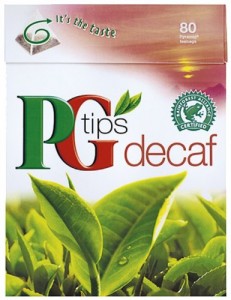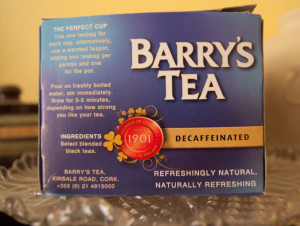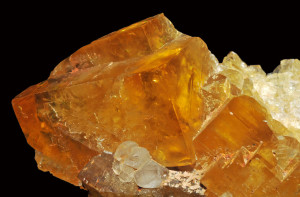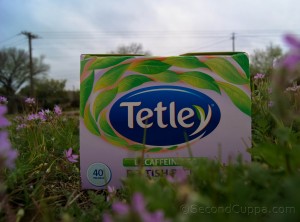
Most of us tea lovers crave a satisfying cup of the real thing (as opposed to the herbal variety) in the evening; however, we avoid such an indulgence because caffeine tends to disrupt sleep. Decaffeinated options are available, but how do they taste? Is the decaffeination process safe, and how effective is it?
Can You Decaffeinate Tea Yourself?
Do-it-yourself instructions for decaffeinating tea are widely available on the Internet. The process is as follows: steep the tea for 30–45 seconds to release the majority of caffeine, drain the water, and steep again. Voilá, you have great tasting tea minus the caffeine.
But wait! As the dude (from the movie, The Big Lebowski) might say, “New sh*t has come to light, man.” The notion that most of tea’s caffeine can be removed by an initial 30–45 second steeping is just a widespread myth.
Firstly, it takes much longer that 30 seconds to remove the caffeine from tea — 15 minutes is more like it. Secondly, both the tea’s caffeine and flavor are released at the same time in water; when the caffeine’s gone, so is the flavor (click here and here for more information).
Commercial Tea Decaffeination Processes
In the United States, tea must have 98% of its caffeine removed to be sold as decaf. Three decaffeination methods exist today — all involve the use of solvents to extract the caffeine from the tea leaves. These solvents are as follows:
- Methylene Chloride: Also known as dichloromethane, trace amounts of this solvent remain in the tea leaves after decaffeination. Because large amounts of this chemical have been linked to cancer, many tea drinkers avoid tea decaffeinated this way. As of this writing, most teas are decaffeinated using methylene chloride.
- Ethyl Acetate: This chemical occurs naturally in tea. Although this decaffeination process is considered safe, much of the tea’s flavor is removed as a result.
- Carbon dioxide (CO₂): Considered to be the safest and least destructive to the tea’s original flavor, this decaffeination process involves pressurizing the CO₂ so that it liquifies. The carbon dioxide is then used as a solvent to remove the caffeine.
Sadly, many brand-name tea makers do not use the CO₂ process. For example, Unilever, the manufacturer of the popular PG Tips and Lyons brands, uses dichloromethane (according to this source) to produce its decaffeinated teas.
Tea manufacturers typically don’t place caffeine extraction information — especially if it involves ethyl acetate — on the packaging. If you are uncertain or concerned, simply contact the company via email.
Independent tea merchants, such as English Tea Store, Upton Tea Imports, and Adagio, are your best bet for finding CO₂ decaffeinated teas. If the carbon dioxide method is used, it will be proudly mentioned on the company’s website. English Tea Store, for instance, claims to remove the caffeine with CO₂ early in the process, at the green leaf stage, and then allows the tea to mature as usual.
 I’ve told myself many times before that I’d never try another decaf tea again, yet here I am. Maybe if I wish really hard, a good — at least a decent — decaf will come my way, and I’ll get to enjoy real tea in the evening.
I’ve told myself many times before that I’d never try another decaf tea again, yet here I am. Maybe if I wish really hard, a good — at least a decent — decaf will come my way, and I’ll get to enjoy real tea in the evening.


